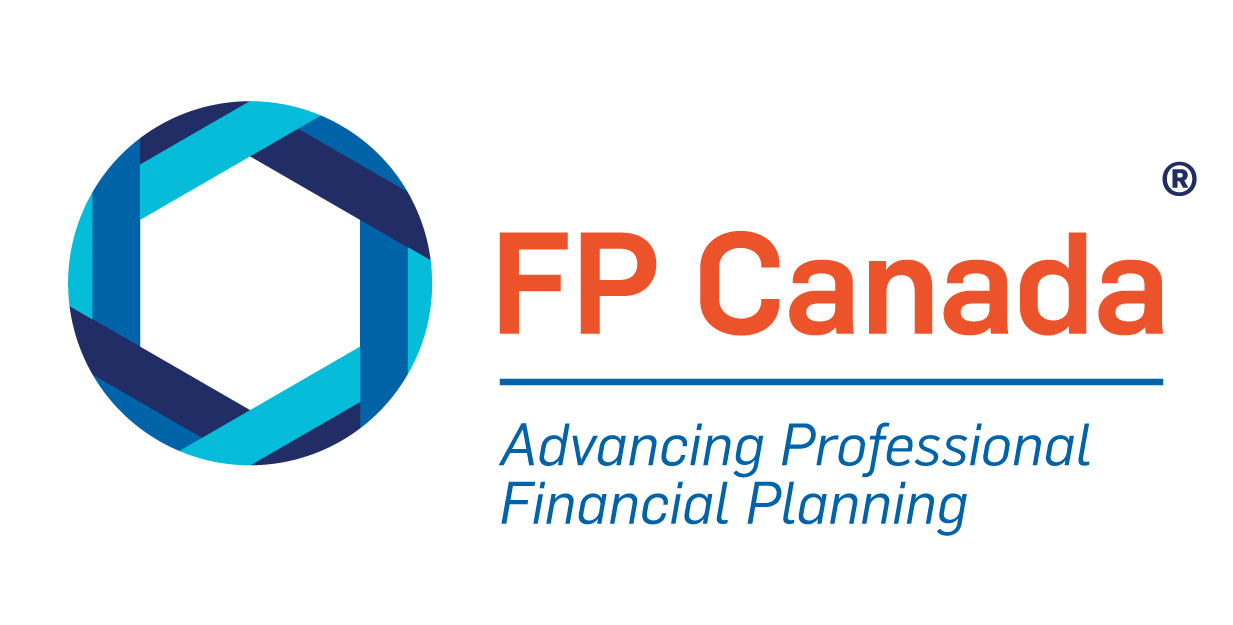There are many ways to use your tax refund—so be sure you do so wisely!
Tax refunds. Big or small, we love them all. Having some extra cash back in hand is always a welcome part of tax season! But like any type of financial payout, the challenge is knowing how to balance fun with sensibility when deciding what to do with it.
You can have it all if you look at the big picture,” said Peter Andreana, a CFP® professional and partner with Ontario-based Continuum II Inc. “It all starts with having a financial plan and understanding your own personal needs and goals, for both the short-and long-term. Part of that means paying down any debt, spending and investing wisely, and making good choices for your financial future.”
5 Tips For Spending Your Tax Refund
Peter provides five possible uses for your tax refund that will pay off now and in the future. A CFP professional or QAFP® professional can help you decide if one or more of these options is right for you.
1. Pay off your credit cards
A credit card balance often comes with high interest rates, making it one of the worst kinds of debt. By using your tax refund to pay off your credit card debt, you’ll avoid paying more in the long run while getting your debts on track. The sooner you pay it off, the sooner you have room to spend your money on things you enjoy! It’s a great first step toward financial freedom.
2. Prepay the mortgage
If you own a home, consider making a prepayment against the mortgage. Prepayments can help to reduce the interest paid over the duration of the mortgage and tackle your loan sooner than planned. Be sure to review your mortgage contract to ensure that making extra payments won’t lead to penalties!
3. Load up the Tax-Free Savings Account (TFSA)
A TFSA can be a valuable tool for saving towards various goals. These goals could include mortgage prepayments, home renovations, travel, or other personal goals. To start making progress, consider allocating a portion of your tax refund to a TFSA. The best part? Any interest earned within the account is tax free. Check with your CFP professional or QAFP professional to determine the right amount of your tax refund to invest in your TFSA.
4. Renovate
Investing a portion of your tax refund into your home can increase its value and build equity. However, it's crucial to choose the right projects to maximize the return on your investment. Seek advice from a real estate professional, a contractor, or an interior designer, who can help you make the right decisions.
5. Treat yourself
Like financial planning, life is all about balance. You shouldn’t forget about enjoying it and spending on the things that make you happy. While you should exercise a little restraint and take care of your financial obligations first, spending a little on yourself can be a smart choice for your tax refund.
Consider allocating a portion of your refund toward things like:
- Planning a vacation
- Investing in further education
- Purchasing a gift or experience
- Planning and budgeting for a well-deserved vacation
After all, what’s the point of saving toward your goals if you can’t enjoy them?
A CFP professional or QAFP professional can help you make the right choices for your tax return and develop a solid plan for achieving financial well-being.
“Let your financial plan guide you, even with what might seem like a windfall,” said Peter. “Your plan is the foundation on which a solid future can be built.”
To find a CFP professional or QAFP professional to help you make the most of your tax refund, use our Find Your Planner tool.

 Find Your Financial Planner
Find Your Financial Planner

